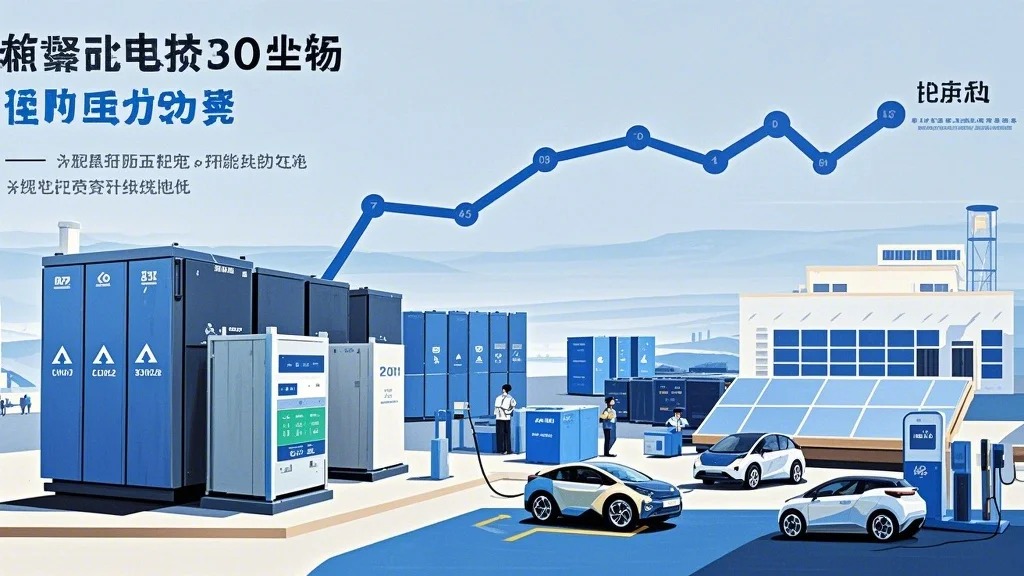






Why Are Battery Prices Rising So Fast
Why Are Battery Prices Rising So Fast?
The cost of batteries, especially lithium-ion and lithium iron phosphate (LiFePO4) batteries, has been on an upward trajectory in recent months. This price surge is affecting not only consumers but also industries relying on these energy storage solutions for electric vehicles, renewable energy systems, and portable power stations. Several factors are contributing to this rapid increase, and understanding them requires examining the key components of battery manufacturing, supply chain challenges, and market demand.
1. Rising Raw Material Costs
One of the primary reasons for the rising battery prices is the skyrocketing cost of raw materials. Lithium, cobalt, nickel, and graphite are essential for the production of modern batteries. Lithium, for example, has seen its price triple over the past year, largely driven by a global supply-demand imbalance. The mining and refining processes for these materials are capital and labor-intensive, and the supply chains have been strained by geopolitical issues, export restrictions, and increased demand from a booming electric vehicle market.
Nickel, used in high-performance batteries for electric vehicles (EVs), has also experienced significant price increases. As the automotive industry shifts toward electric vehicles, competition for these key metals has intensified. Countries like China, which control much of the global supply of these metals, have leveraged their dominance to influence market prices, further driving up costs.
2. Supply Chain Disruptions
The COVID-19 pandemic disrupted global supply chains, and many industries are still grappling with its aftereffects. For the battery industry, the disruptions have led to delays in production and transportation, leading to shortages of critical components. Manufacturers are experiencing difficulties in sourcing not only the raw materials but also essential components such as semiconductors, which are critical for battery management systems.
Freight costs have also increased, with shipping bottlenecks and fuel prices reaching historic highs. These logistical challenges have added another layer of cost to the overall price of batteries.
3. Increased Demand for Electric Vehicles
One of the biggest drivers of the surge in battery prices is the rapid rise in demand for electric vehicles. With governments around the world setting ambitious goals for reducing carbon emissions and promoting clean energy, automakers are ramping up production of EVs. This has led to an unprecedented demand for batteries, which are the heart of electric vehicles.
As the market for EVs continues to grow, the demand for batteries has outstripped supply, pushing prices higher. Large-scale automakers like Tesla, Ford, and General Motors are investing billions into expanding their EV production lines, but they are also competing for the same battery cells and raw materials, further exacerbating price inflation.
4. Energy Storage Systems and Renewable Energy Growth
In addition to electric vehicles, the rising demand for energy storage systems (ESS) used in solar and wind power generation is putting pressure on battery prices. As renewable energy adoption grows, both residential and commercial customers are increasingly turning to batteries to store energy generated from solar panels or wind turbines. This shift toward cleaner energy sources is accelerating the need for larger, more efficient battery systems, which, in turn, raises the cost of raw materials and production.
The global push for sustainability has led to an exponential growth in the renewable energy sector, where batteries play a crucial role in stabilizing energy grids and storing excess energy for later use. As governments and private companies focus on achieving net-zero emissions, the demand for energy storage continues to rise, contributing to the overall surge in battery prices.
5. Technological Advancements and R&D Investments
While the increasing demand and raw material costs have been the primary drivers of rising battery prices, ongoing investments in research and development (R&D) are also playing a role. Battery manufacturers are working to improve the efficiency, lifespan, and safety of batteries, and innovations like solid-state batteries or lithium-sulfur batteries hold promise for the future.
However, these advancements come with high upfront costs. The investments in new technologies and processes are passed on to consumers as higher prices, although the long-term benefits of more efficient batteries may offset these initial costs.
Conclusion
In conclusion, the rise in battery prices can be attributed to a combination of rising raw material costs, supply chain disruptions, increased demand from the electric vehicle market, energy storage solutions, and investments in new technologies. While these price increases pose challenges for consumers and industries alike, the long-term shift toward electric vehicles and renewable energy is likely to drive continued innovation and efficiency improvements in the battery market. As supply chains stabilize and new materials and technologies emerge, the price of batteries may eventually stabilize, but for now, the cost of powering the future is on the rise.
---author: Valarie









